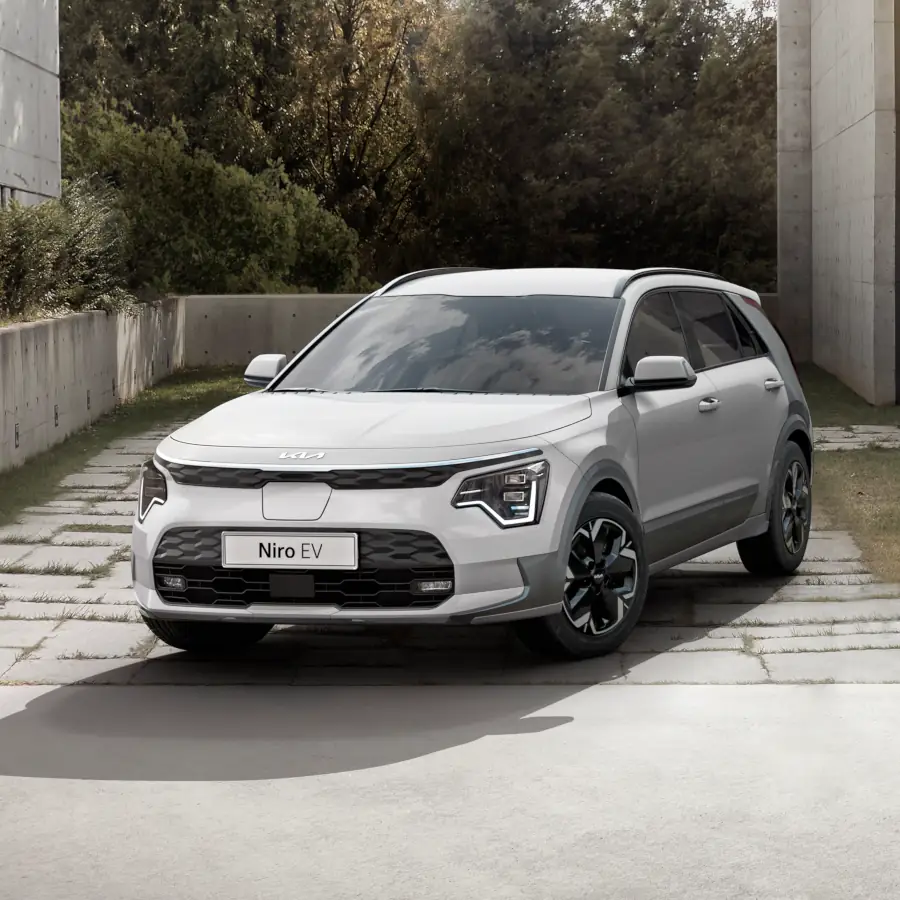In a world where electric vehicles (EVs) are becoming increasingly popular, the quest for affordable and efficient battery solutions is more critical than ever. Enter sodium-ion batteries—an emerging technology that could transform the landscape of affordable EVs in 2024. As the International Energy Agency reports a projected 145 million EVs on the road by 2030, the demand for cost-effective and sustainable battery options is escalating. In this article, we will delve into how sodium-ion batteries could become a game-changer for budget-friendly EVs, examining their advantages, challenges, and future prospects.
The Rise of Sodium-Ion Batteries in EV Technology
Why Sodium-Ion Batteries are Gaining Attention
Lithium-ion batteries have dominated the EV market for years, but they come with limitations. Sodium-ion batteries, on the other hand, offer a promising alternative due to their abundance and lower cost. Unlike lithium, sodium is widely available, reducing the risk of supply chain issues and price volatility. According to Bloomberg Green, sodium is about 1000 times more abundant than lithium, making it a more sustainable choice for large-scale battery production.
Advantages Over Traditional Lithium-Ion Batteries
Sodium-ion batteries present several benefits over their lithium counterparts:
- Cost Efficiency: Sodium is cheaper to extract and process, which could reduce the overall cost of battery production by up to 30%, according to TechCrunch.
- Environmental Impact: With a lower environmental footprint, sodium extraction is less damaging to ecosystems compared to lithium mining.
- Safety: These batteries are less prone to overheating and thermal runaway, enhancing the safety of EVs, as reported by MIT Technology Review.
Challenges and Innovations
Despite their potential, sodium-ion batteries face challenges such as lower energy density compared to lithium-ion. However, recent innovations are addressing these issues. For instance:
- Improved Cathode Materials: Researchers at the University of Birmingham have developed new cathode materials that increase energy density by 20%.
- Enhanced Cycle Life: Companies like CATL are working on extending the cycle life of sodium-ion batteries to rival that of lithium-ion, as highlighted by InsideEVs.
Practical Applications and Market Impact
How to Charge Sodium-Ion Batteries
Charging sodium-ion batteries follows a similar process to lithium-ion but requires specific chargers designed to optimize their unique chemistry. These chargers are expected to be available at EV charging stations by 2024, with major brands like Tesla and Volkswagen investing in compatible infrastructure.
Where to Buy EVs with Sodium-Ion Batteries
As of 2024, several automakers plan to launch EV models equipped with sodium-ion batteries:
- BYD: Known for its innovation in battery technology, BYD is set to release a compact EV model featuring sodium-ion batteries.
- Hyundai: The Hyundai Ioniq series is expected to introduce a variant powered by this technology.
- Ford: Ford’s affordable EV lineup will likely include sodium-ion options, focusing on budget-conscious consumers.
What to Compare When Choosing an EV with Sodium-Ion Batteries
When considering an EV with sodium-ion batteries, compare:
- Range: While sodium-ion batteries currently offer less range than lithium-ion, advancements are closing the gap.
- Cost: Expect a lower upfront cost but ensure the savings align with your driving needs.
- Charging Infrastructure: Verify the availability of compatible charging stations in your area.
Future Trends in Battery Technology
The Road Ahead for Sodium-Ion Batteries
The future of sodium-ion batteries looks promising, with ongoing research and development expected to enhance their performance and adoption rate. By 2025, the global market for sodium-ion batteries could surpass $5 billion, driven by demand in the EV sector, as projected by Reuters Mobility.
How Sodium-Ion Batteries Fit into Clean Energy Goals
Sodium-ion batteries align with global clean energy initiatives by providing a sustainable and economical alternative to lithium-ion. Their widespread adoption could significantly reduce the carbon footprint of EV production and usage, supporting the transition to a greener transport ecosystem.
Engaging Conclusion
In conclusion, sodium-ion batteries have the potential to revolutionize affordable EVs in 2024 by offering a more sustainable and cost-effective alternative to traditional battery technologies. As innovations continue to improve their performance, these batteries could play a crucial role in making electric vehicles accessible to a broader audience. Are you ready to embrace this new wave of battery technology? Stay informed and explore the possibilities that sodium-ion batteries bring to the future of transportation. With the automotive industry continuously evolving, sodium-ion batteries might just be the spark that ignites a new era of clean and affordable mobility.

